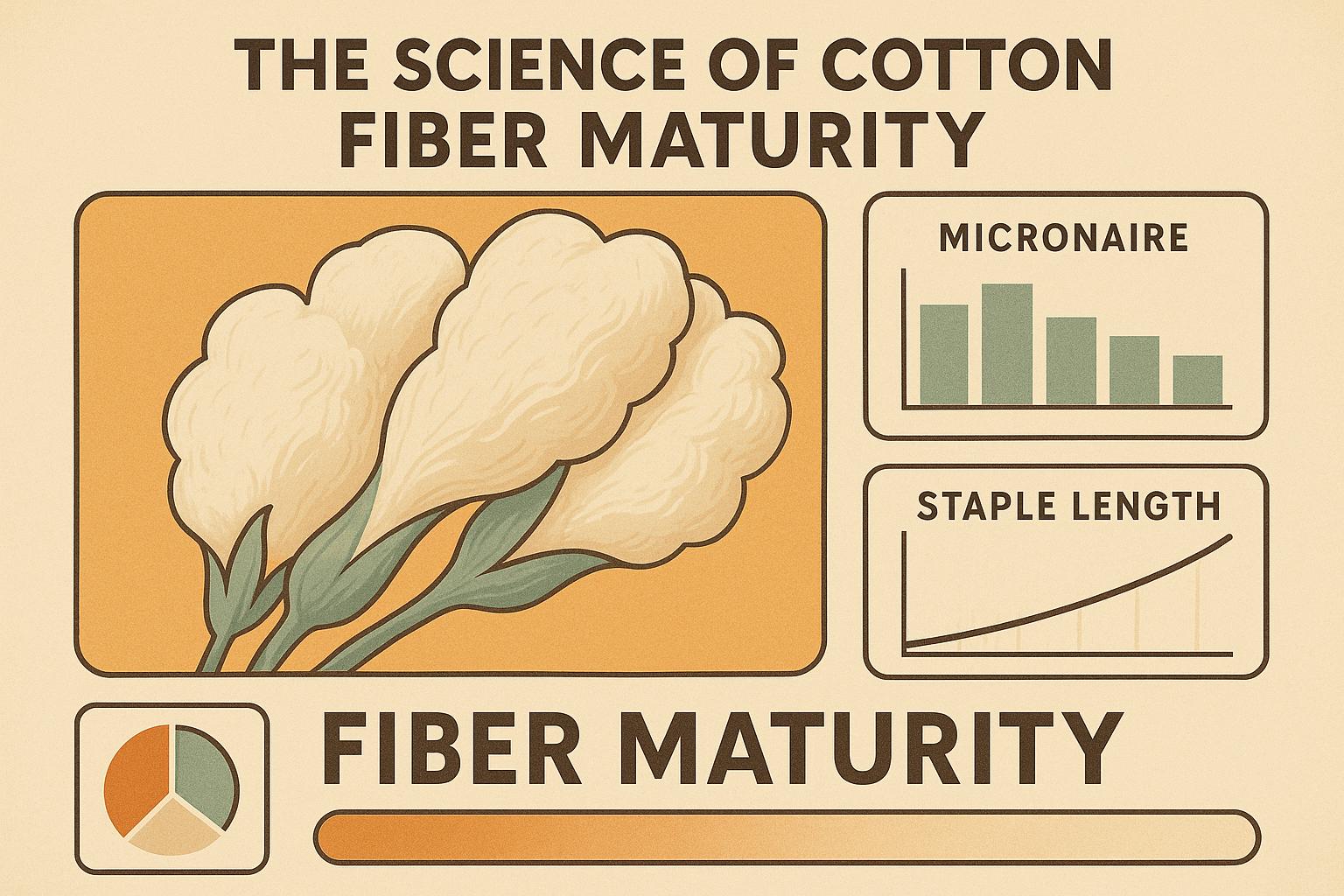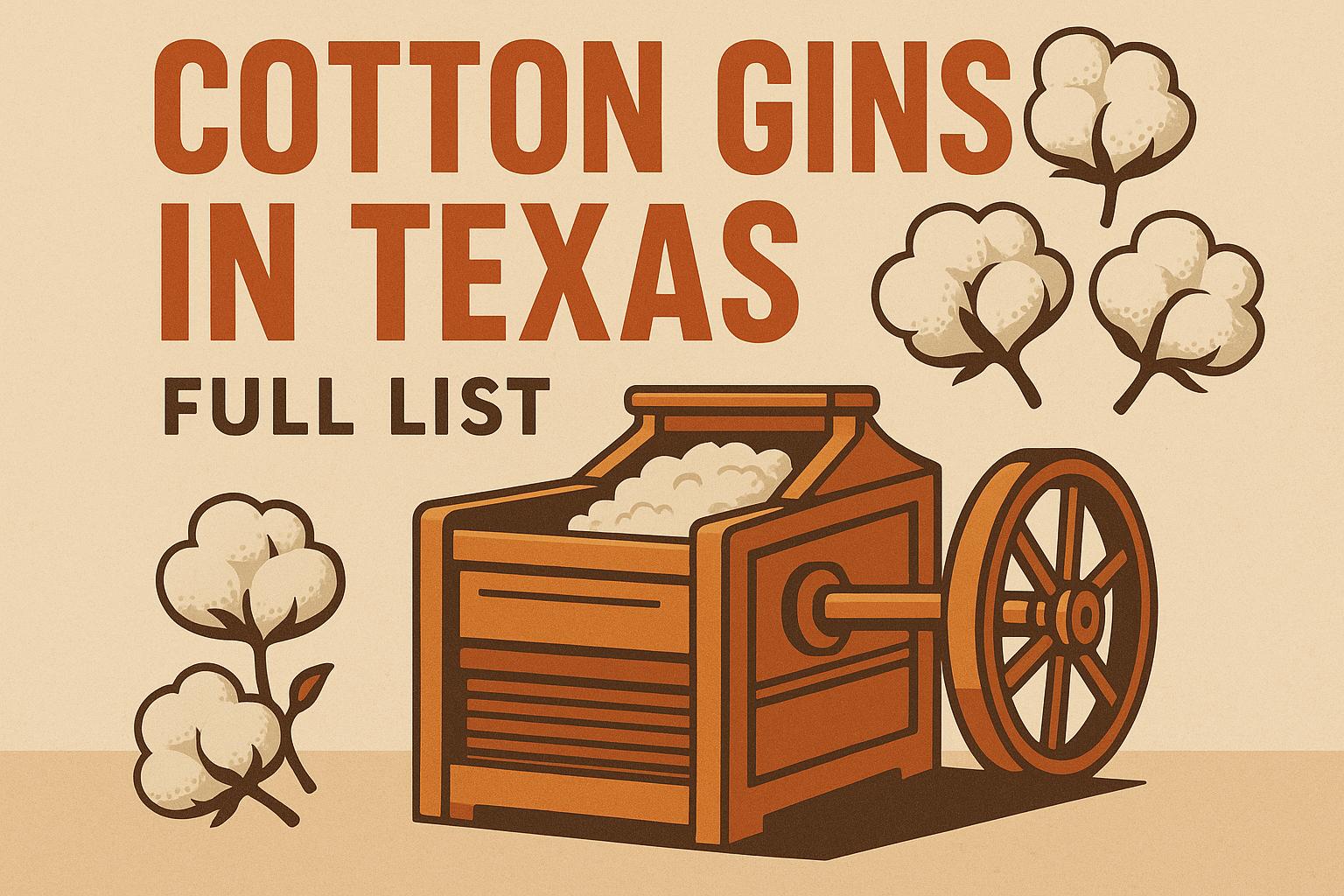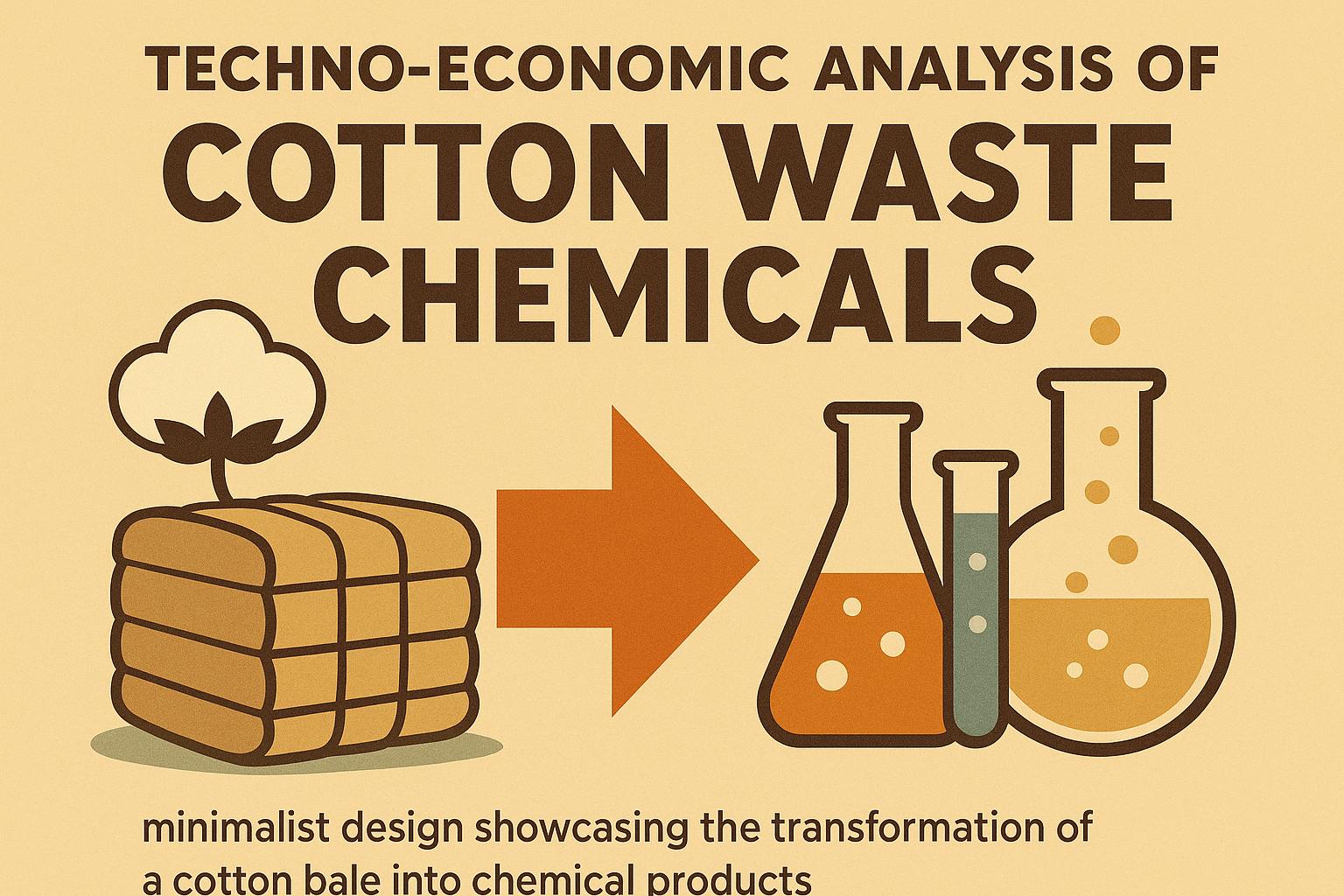Cotton marketing is essential for farmers to stay profitable in a volatile market where prices can swing from $0.50 to over $1 per pound. This guide covers 7 key strategies to help cotton producers maximize profits, manage risks, and build strong buyer relationships. Here's a quick summary:
- Understand the Cotton Market: Learn how the supply chain works - from farmers to spinning mills - and leverage cooperatives for ginning, storage, and market access.
- Track Market Trends & Use Digital Tools: Follow price trends, weather, and trade policies while using platforms like The Seam for real-time insights and risk management.
- Build Trust with Buyers: Maintain quality through certified gins, clear communication, and consistent standards to secure better deals.
- Set Smart Prices: Use futures contracts, options, and pooling to protect against price drops and stabilize income.
- Adopt Effective Marketing Practices: Explore cotton pooling and specialty markets (e.g., Pima cotton) for higher premiums and reduced risks.
- Cut Costs Without Losing Quality: Optimize ginning and storage to save up to 15% while maintaining fiber integrity.
- Leverage Cooperative Resources: Access expert advice, shared infrastructure, and premium markets to stay competitive.
Key takeaway: Combine market knowledge, digital tools, and cooperative support to improve profitability and reduce risks in cotton marketing.
Marketing and Risk Management Programs for US Cotton Producers
1. Getting to Know the Cotton Market
To create effective marketing strategies in the cotton industry, it's crucial to understand how the market operates and who the key players are. This insight helps stakeholders refine pricing and distribution approaches in a highly competitive environment.
Who's Involved in Cotton Marketing
The cotton market depends on a network of participants working together. Farmers grow raw cotton, gins process it into lint and cottonseed, warehouses store the product, merchants connect producers with buyers, and spinning mills turn it into yarn and fabric. For this system to run smoothly, coordination in transportation and quality control is key to maintaining the value of the cotton.
"The gin is a major area where quality can be compromised, yet it is also the site where the true fiber quality properties can be preserved as much as possible." - Ross Rutherford, Lummus Corporation
How Cooperatives Help Farmers
Cotton cooperatives play a vital role in supporting farmers. They provide services in four key areas:
| Service Type | Benefits to Farmers |
|---|---|
| Ginning | Ensures high-quality processing and fiber care |
| Warehousing | Offers reliable and efficient storage options |
| Lint Merchandising | Connects farmers to larger markets |
| Cottonseed Processing | Increases the value of cottonseed |
Organizations like Associated Cotton Growers (ACG) in Texas are excellent examples of how cooperatives benefit farmers. By offering quality ginning, streamlined storage, and access to wider markets, they help farmers increase their profits. Practices like seed blending and shared resources also reduce costs and improve market competitiveness. Additionally, cooperatives provide expert market advice and connect farmers to buyers, ensuring smaller producers can thrive in a market dominated by larger players.
As challenges like gin closures and shifting production patterns arise, cooperatives remain essential in preserving the infrastructure and services that individual farmers might not be able to afford on their own.
With this understanding of the market's structure and support systems, the focus can now shift to leveraging trends and tools for smarter decision-making.
2. Using Market Trends and Tools Effectively
Cooperatives provide essential support, but staying ahead in cotton marketing means keeping up with market trends and leveraging digital tools. In today's interconnected market, understanding these trends and using the right tools is critical.
Tracking Market Trends for Better Decisions
Successful cotton marketing depends on analyzing factors like supply-demand shifts, weather patterns, and trade policies. Tools like those offered by PCCA help farmers evaluate fiber quality and monitor price trends, enabling smarter, data-based decisions.
How Digital Platforms Change the Game
Digital platforms have reshaped cotton marketing, making it easier to access market data and connect with buyers. Here’s how they help:
| Platform Feature | How It Helps Marketing |
|---|---|
| Real-time Market Access | Quicker, informed decision-making |
| Global Buyer Connectivity | Expands opportunities and reduces market isolation |
| Risk Management Tools | Helps manage price fluctuations |
One standout platform is The Seam, known for offering a comprehensive suite of solutions that simplify the marketing process for both producers and buyers. These platforms provide real-time insights, helping producers navigate market volatility and make informed choices.
In addition to insights, digital tools improve communication between buyers and sellers, leading to more transparent pricing and smoother transactions. By regularly tracking market indicators through these tools, producers can better seize opportunities when conditions are favorable.
With market trends and tools in hand, the next step focuses on building trust with buyers to strengthen relationships and secure long-term success.
3. Building Trust with Cotton Buyers
Building trust is key to lasting success in cotton marketing, especially in today's digital age. Trust leads to smoother deals, better prices, and long-term buyer relationships. Certified gins play a big role here by following strict standards like avoiding lint reclaimers, managing heater temperatures, maintaining equipment, and keeping processing consistent. These practices ensure quality, boost buyer confidence, and often result in higher prices.
| Quality Control Measure | Marketing Advantage |
|---|---|
| Avoiding lint reclaimers | Protects fiber integrity |
| Managing heater temperatures | Prevents fiber damage |
| Regular equipment maintenance | Delivers consistent quality |
| Standardized processing | Ensures uniform bales |
Certified gins focus on delivering high-quality cotton that meets buyer expectations and commands premium prices. Organizations like the Plains Cotton Cooperative Association (PCCA) help build trust by providing real-time quality updates, clear pricing, timely ginning schedules, and market insights.
Good communication is just as important. Sharing details like harvest timing, quality specs, and delivery schedules helps farmers secure better deals and repeat business. Farmers who stay in regular contact with their gins and buyers often see stronger relationships and more favorable terms.
Certified gins also pay close attention to quality details that set their cotton apart, such as careful drying and handling partly-opened locks during processing. Once trust is established, the next step is to focus on pricing strategies to maximize profits.
sbb-itb-0e617ca
4. Setting Prices to Maximize Profits
After building trust with buyers, the next step in boosting profits is setting the right pricing strategies. According to USDA data, cotton prices can fluctuate by up to 20% annually, making smart risk management a must for staying profitable.
Managing Price Risks with Futures Markets
Futures markets provide a solid way to safeguard cotton profits. By using futures contracts, farmers can secure prices ahead of harvest, offering protection against sudden price drops. For example, the Texas Cotton Marketing Cooperative increased profits by 12% in 2022 by leveraging futures contracts effectively.
"Effective price risk management is crucial for cotton farmers to stabilize their profits." - Dr. John Robinson, Professor and Extension Economist, Texas A&M AgriLife Extension.
| Strategy Type | Purpose | Key Benefits |
|---|---|---|
| Futures Contracts | Price Protection | Shields against price drops |
| Put Options | Risk Insurance | Establishes a price floor |
| Forward Contracts | Market Security | Secures a buyer and price |
| Market Pools | Risk Distribution | Creates more stable returns |
| Efficient Ginning | Cost Reduction | Can save up to 15% |
| Storage Optimization | Resource Management | Cuts costs by around 10% |
| Quality Control | Process Efficiency | Saves 5-8% on expenses |
Cutting Costs Without Compromising Quality
Research from the National Cotton Council shows that improving ginning processes can slash costs by up to 15% while keeping quality intact. For instance, a Georgia farm managed to cut operational expenses by 10% while maintaining high-quality cotton by following practices endorsed by the council.
Cooperatives like PCCA also offer shared resources that smaller farms might struggle to access. These include infrastructure and expert guidance, which help farmers reduce costs and maintain access to premium markets.
With pricing strategies in place, the focus can shift toward marketing approaches that reduce risks and open up new opportunities.
5. Marketing Practices That Work for Cotton
Farmers looking to stay competitive and profitable in an unpredictable market need marketing strategies that minimize risks and tap into high-value opportunities. Approaches like cotton pooling and targeting specialty markets have shown strong potential to increase profitability, backed by recent industry insights.
Pooling Cotton to Manage Risks
Cotton pooling helps farmers manage market uncertainty by spreading price risks across a group, leading to steadier returns. The Plains Cotton Cooperative Association (PCCA) is a great example, offering a pooling program that pairs fiber testing with smart merchandising strategies.
Unlike traditional cooperative marketing, pooling focuses on collective market participation with clear benefits:
| Pooling Feature | Market Impact | Business Advantage |
|---|---|---|
| Market Leverage | Better price positioning | Improved negotiations and lower costs |
| Risk Sharing | More stable returns | Protection during price fluctuations |
| Quality Control | Consistent standards | Access to premium buyers |
| Resource Optimization | Efficient operations | Lower individual expenses |
Pooling proves especially effective during busy harvest seasons, helping manage gin capacity while maintaining steady quality standards [4].
Specialty Cotton: A High-Premium Opportunity
Specialty cotton markets offer lucrative opportunities for farmers who can meet specific quality demands. Associated Cotton Growers (ACG) in Crosbyton, TX, has been a leader in this space since 1973, achieving a 15% premium over standard market prices through specialized processing [1].
Varieties like Pima cotton fetch higher prices due to strict quality controls that ensure top-notch fiber and strong market demand. Certified gins play a key role here, providing systems that guarantee:
- Efficient processing
- Higher-grade classifications
- Increased market value
- Reliable premium quality
Smaller farms have found success by combining pooling with a focus on specialty markets, giving them an edge in a heavily consolidated industry [3]. These strategies not only help stabilize income but also open doors to new growth in the ever-changing global cotton market.
Conclusion: Recap of Cotton Marketing Strategies
Successful cotton marketing relies on understanding the market, using digital tools, and building strong buyer connections to improve profitability. Cooperatives play a key role by offering support, while digital platforms provide real-time insights that help producers stay ahead of market shifts.
Certified ginning plays a crucial part in ensuring consistent quality, which enhances buyer confidence and helps secure better prices. Platforms like The Seam and organizations such as PCCA give producers access to up-to-date market data while supporting the quality standards buyers expect [1].
Tactics like cotton pooling and developing specialty markets have shown great results. Programs from groups like Associated Cotton Growers highlight how focused marketing efforts can achieve higher prices and manage risks effectively [2]. These methods are especially useful for tackling challenges like price fluctuations and the constant demand for cotton throughout the year [3].
By combining cooperative resources, digital tools, and a focus on quality, producers can:
- Quickly adjust to market changes
- Ensure consistent product quality
- Enter premium markets
- Build strong, lasting buyer relationships
- Handle price risks with confidence
FAQs
How do you market cotton?
Marketing cotton successfully involves blending tried-and-true methods with modern strategies. Here are some key approaches:
| Marketing Method | Key Benefits | Best Used When |
|---|---|---|
| Forward Contracting | Secures prices before harvest | Market prices look promising |
| Marketing Pools | Spreads risk among producers | Stable income is a priority |
| USDA Loan Program | Offers price protection | Short-term cash flow is needed during low prices |
| Futures/Options | Protects against price fluctuations | Market conditions are volatile |
To make the most of these strategies, partner with certified gins to ensure high-quality cotton and build trust with buyers. Cooperatives like PCCA help farmers by connecting them directly to buyers and offering risk management tools that support steady income streams [1].
A strong marketing plan should include:
- Clear price targets tailored to different market scenarios
- Defined action dates for implementing strategies
- Quality control measures through certified ginning programs
- Risk management tools such as futures contracts and pooling options
Industry trends show that gins are broadening their service areas, with Mid-South operations now supporting producers as far as 25 miles away [4]. This extended reach allows farmers to integrate quality-focused ginning into their broader marketing strategies.
For better results, consider joining marketing pools. These pools not only help share financial risks but also improve pricing opportunities [1]. By combining structured marketing with a focus on quality, cotton producers can tackle market challenges while boosting profitability.


